You wouldn't treat a patient without a diagnosis, so why would you begin one of the most important steps in your career without the knowledge of a defined diagnosis.
A Methodical Approach to Physician Career Transition
Many physicians start exploring nonclinical careers by browsing job listings—an approach that lacks direction, much like treating symptoms without a diagnosis. Research shows that successful career transitions follow a structured process, combining self-assessment, skills analysis, and strategic planning.
The CareerDiagnosis™ Framework is a proven, two-step method designed to help physicians systematically evaluate their options and create an actionable transition plan.
Step 1: Discovery & Assessment
1. Career History & Motivations
Structured exploration of what drives you professionally—what you enjoy, what drains you, and what you need from your next role.
Identification of non-negotiable factors (income, location, schedule flexibility).
2. Skills & Experience Audit
Detailed review of your clinical and nonclinical strengths.
Matching your expertise to high-potential career paths (e.g., consulting, health tech, medical affairs).
3. Reality Check
Clear expectations on transition timelines, challenges, and success factors.
Alignment on realistic short- and long-term goals.
Step 2: Strategy & Action Plan
1. Data-Driven Decision Making
Analysis of your assessment results to pinpoint the best-fit opportunities.
Side-by-side comparison of career paths based on your priorities.
2. Goal Setting & Timeline
Specific milestones for networking, upskilling, and applications.
Contingency planning for common obstacles.
3. Execution Roadmap
Customized steps to build credibility in your target field.
Resource allocation (time, training, networking) for maximum efficiency.
Why This Works
Reduces guesswork – Decisions are based on structured evaluation, not hunches.
Saves time – Focuses effort on high-probability opportunities.
Minimizes risk – Identifies potential pitfalls before they derail progress.
Outcome: A Clear Path Forward
By the end of the process, you’ll have:
A defined career direction aligned with your skills and goals.
A step-by-step plan to transition with confidence.
Tools to navigate challenges and stay on track.

